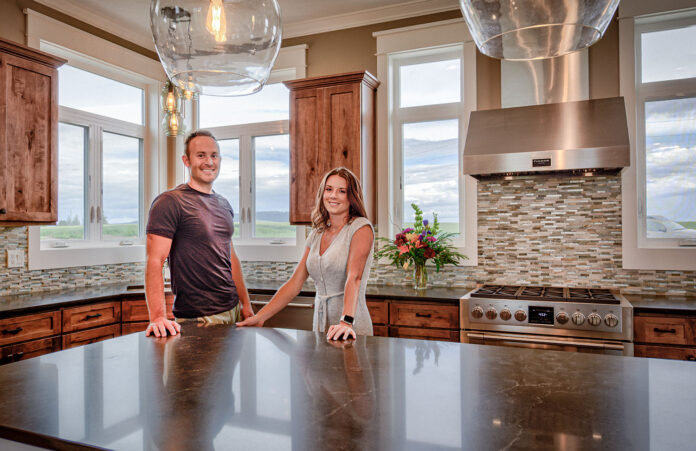
Kitchen remodeling is an endeavor that reflects the importance of aesthetics, utility, and functionality in the home. The kitchen, often deemed the heart of the home, is where meals are crafted, conversations spark, and memories are cultivated.
A well-executed kitchen remodel not only significantly enhances the value of a home but also transforms living spaces into realms of sophistication and comfort. This post is your quintessential guide, filled with indispensable tips and budgeting insights, to navigate the intricate seas of kitchen remodeling seamlessly.
Assessing Your Needs and Goals
Before diving into the remodeling process, it is paramount for homeowners to rigorously assess the current shortcomings of their kitchens. Whether it is the lack of adequate space, outdated appliances, or an inefficient layout, pinpointing these flaws aids in the formulation of clear, attainable remodeling goals.
Setting such goals is foundational, serving as a roadmap for your remodeling journey. Common kitchen remodeling goals range from maximizing storage space, integrating state-of-the-art appliances, achieving optimal lighting, to creating an aesthetically pleasing design.
Establishing a Realistic Budget
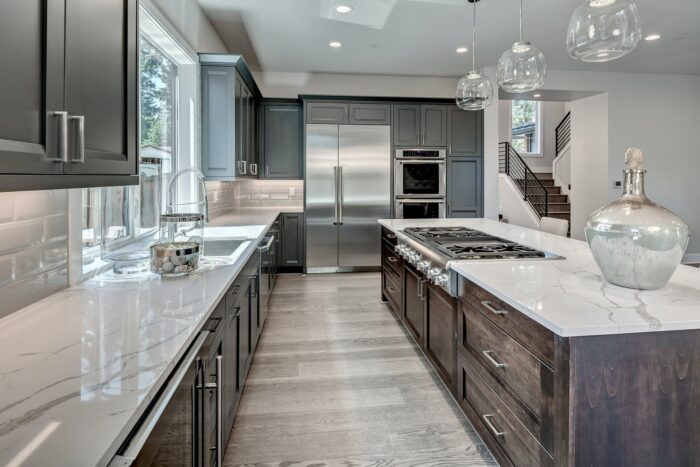
Once goals are set, the next pivotal step is carving out a budget. This financial blueprint is a compass, directing homeowners towards making informed and balanced decisions throughout the remodeling process. Factors affecting remodeling costs encompass the scale of the remodel, quality of materials, and labor costs.
By meticulously analyzing financial capabilities and aligning them with remodeling aspirations, homeowners can tailor a realistic budget. This tailoring involves prioritizing needs over wants, conducting market research for cost approximations, and perhaps, allocating funds for unexpected contingencies.
DIY vs. Hiring Professionals
The decision to either embrace the DIY spirit or delegate tasks to professionals can significantly influence the cost and outcome of the remodel. While DIY projects can be cost-effective, they also pose challenges such as time consumption and the risk of subpar results due to lack of expertise.
On the contrary, hiring professionals such as Kitchen Remodeling in Branson, MO assures precision and adherence to industry standards, albeit at a higher cost. The choice between these approaches hinges on the complexity of the remodel, the availability of time, skills, and the depth of one’s pockets.
Prioritizing Your Kitchen Upgrades
Given the multifaceted nature of kitchens, a spectrum of upgrades exists. From countertops, cabinetry, lighting fixtures to flooring, each element beckons consideration. A strategic approach to prioritizing upgrades entails aligning them with your goals and budget constraints.
Essential elements like plumbing and electrical systems warrant immediate attention, whereas aesthetic upgrades like paint and décor can be secondary. Additionally, contemplating optional upgrades such as smart appliances can elevate the kitchen’s functionality and aesthetic appeal.
Planning the Layout
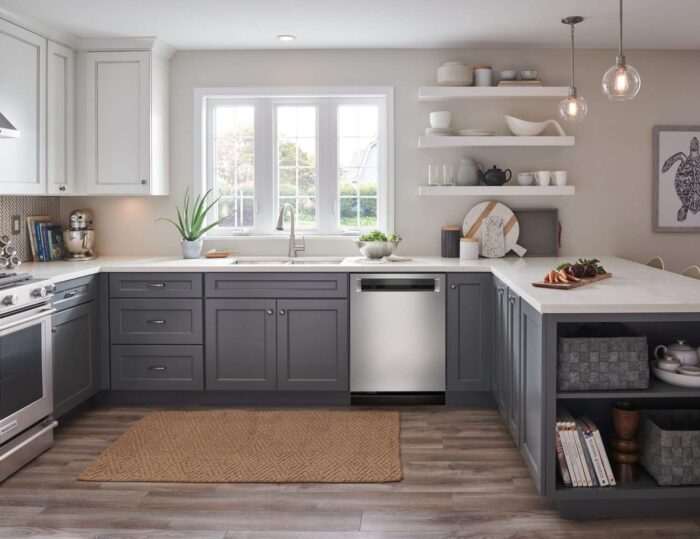
The layout is the skeleton of the kitchen, dictating the flow, accessibility, and overall user experience. From the classic U-shaped, L-shaped, to the galley and one-wall layouts, each has its merits.
Optimal kitchen layouts balance aesthetics with functionality, maximizing space utilization, and enhancing workflow. A well-thought-out layout considers the kitchen work triangle— the relationship between the stove, sink, and refrigerator, ensuring unobstructed access and movement between these three pivotal points.
Selecting Quality Materials and Appliances
The amalgamation of quality materials and cutting-edge appliances is a testament to a kitchen’s longevity and efficiency. The conundrum of choices in materials and appliances necessitates a meticulous selection process aligned with budgetary allocations and remodeling aspirations.
A focus on durability, sustainability, and energy efficiency is crucial. Innovations such as smart appliances, eco-friendly materials, and ergonomic designs are the harbingers of contemporary kitchens, blending sophistication with sustainability.
Finding Cost-Saving Strategies
The journey toward achieving a dream kitchen does not necessarily have to impose financial burdens. Savvy homeowners employ various cost-saving strategies to minimize expenses without compromising quality. Refacing cabinets instead of opting for a complete replacement is a highly effective strategy.
Similarly, repurposing existing fixtures and embracing discounts can yield substantial savings. Attention to sales, utilization of coupons, and the selection of moderately priced yet durable materials, are all astute measures in financial optimization.
Hiring Contractors and Getting Quotes
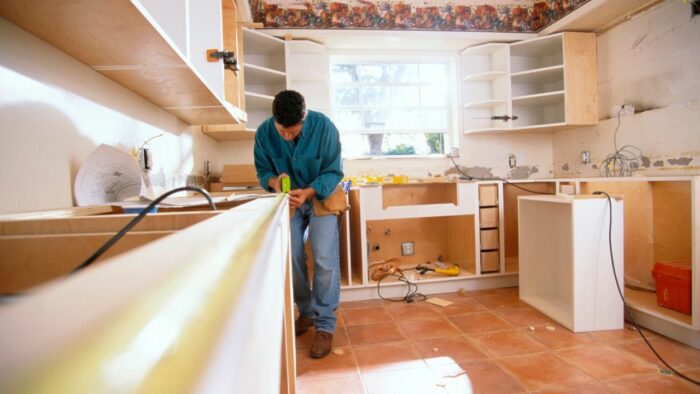
The delegation of remodeling tasks to contractors demands a meticulous and discerning approach in selecting skilled and trustworthy professionals. A comprehensive research process, in-depth scrutiny of reviews, and acquiring detailed and transparent quotes are integral components of the contractor selection process.
Each quote should encompass labor costs, material expenses, and provide clear estimated timelines, offering a comprehensive overview of expectations. Ensuring the reliability and professionalism of your contractor is paramount to avoid unexpected complications and to ensure the realization of your envisioned kitchen.
Managing the Remodeling Process
The orchestration of the remodeling process requires a systematic, well-organized approach to avoid common pitfalls. It’s imperative to acquire all necessary permits, diligently schedule inspections, and maintain open, clear lines of communication with contractors.
This facilitates coherent and synchronized execution of the remodel, fostering a collaborative environment. Establishing realistic timelines is essential, as it enables the accommodation of potential delays and unforeseen challenges that are inherent in remodeling projects.
Tips for Staying on Budget
Maintaining fiscal discipline during the remodeling process is essential to avoid overrunning the budget. The incorporation of a contingency fund is a prudent strategy, acting as a financial buffer for unexpected expenses. It ensures the continuity and unimpeded flow of the remodeling process, preventing financial strains.
Making informed, rational, and cost-effective decisions is essential, coupled with a conscious effort to resist impulsive, non-essential upgrades. A comprehensive budgeting plan that outlines all potential expenses, paired with disciplined adherence, can mitigate financial stress and ensure the successful completion of the kitchen remodeling project without unexpected financial compromises.
Final Touches and Enjoying Your New Kitchen
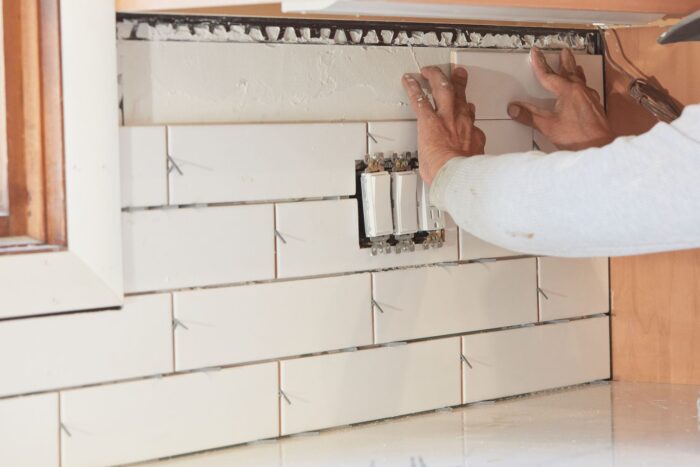
As the remodeling odyssey concludes, the focus shifts to final touches, inspections, and personalization. Incorporating décor that resonates with your personality, optimizing space with strategic organization, and ensuring every element aligns with your vision are the finishing strokes of your masterpiece.
Finally, relish in the culmination of your endeavors, savor the ambiance of your newly remodeled kitchen, and let it be a sanctuary of joy, warmth, and culinary adventures.
Conclusion
Embarking on a kitchen remodeling journey is an exhilarating venture, filled with possibilities and learning curves. It is a meticulous dance between aspiration and pragmatism, vision and budget. By adhering to a structured plan, prioritizing effectively, making informed decisions, and embracing creativity, homeowners can transcend the conventional and craft kitchens that are reflections of their personalities and lifestyles.








